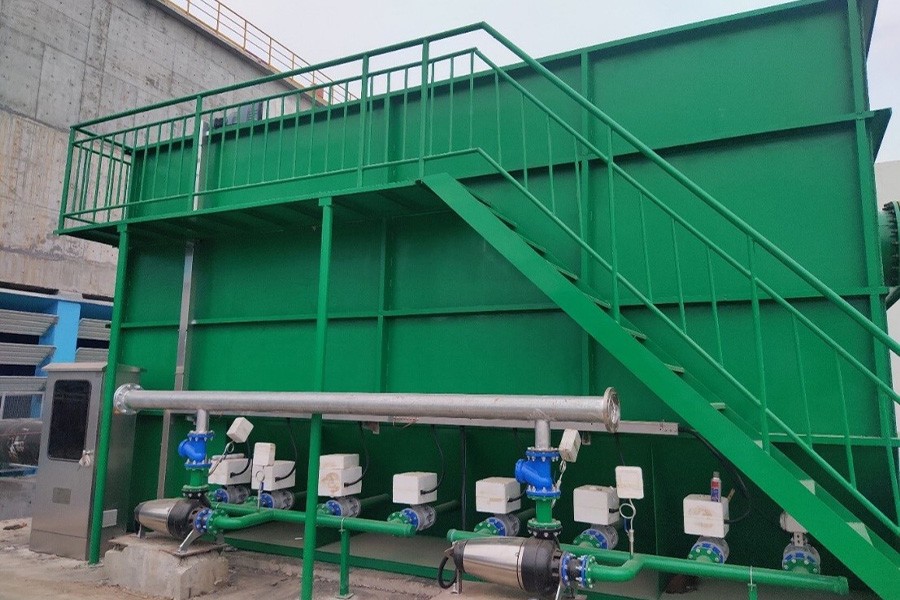Designing a colorful amusement park is more than choosing bright paints and playful equipment — it’s about creating an emotional journey for children where color, space, and imagination connect.
In recent years, indoor playgrounds and soft amusement parks have evolved from simple play zones into immersive environments that stimulate creativity, encourage physical activity, and teach through experience. Whether you’re a developer, designer, or playground investor, here’s how to design a space that inspires every child’s inner dreamer.
1. Understand the Psychology of Color in Play Environments
Color is a language children understand intuitively. It influences mood, behavior, and creativity.
-
Red and yellow stimulate energy, courage, and confidence — ideal for climbing zones and slides.
-
Blue and green calm the mind and foster focus — perfect for reading corners or puzzle play.
-
Pink, lavender, and pastel tones promote friendliness and social bonding — great for toddler areas or parent lounges.
In a colorful amusement park, it’s not just about brightness — it’s about balance. Too much color can overwhelm; too little can feel dull. The key is to combine warm and cool tones strategically, guiding children through zones of excitement, discovery, and relaxation.
2. Create Zones That Tell a Story
Every memorable amusement park tells a story — and so should yours.
Designing thematic areas such as fantasy castles, jungle adventures, or space missions helps children step into imaginative roles. For example:
-
A “Dream Town Zone” can resemble a miniature city where kids role-play as shopkeepers or doctors.
-
A “Candy World” can feature vibrant pinks, swirls, and sweet-shaped structures.
-
A “Galaxy Zone” can include glowing tunnels and starry ceilings.
By combining storytelling with physical play, your park becomes an experience rather than just an attraction.
To see how thematic design transforms a space, visit our Colorful Amusement Park page — a prime example of balancing creativity, color, and structure.
3. Focus on Safe and Durable Materials
No matter how beautiful your park is, safety always comes first. Choose materials that meet international standards and support long-term use:
-
Soft play foam with rounded edges prevents injury.
-
Non-toxic PVC coatings ensure safety even in high-contact areas.
-
Fire-retardant fabrics provide extra protection indoors.
-
Antimicrobial finishes maintain hygiene — especially important for toddlers.
It’s also smart to design age-appropriate zones:
-
Soft low-impact areas for children under 3;
-
Climbing and adventure spaces for ages 4–8;
-
Interactive digital or science-themed zones for older kids.
Durability and modular design also help reduce maintenance costs — a crucial factor for investors.
4. Integrate Learning into Play (STEAM Approach)
Modern amusement parks blend fun and education — an approach known as “Edutainment”.
Incorporate elements of STEAM learning (Science, Technology, Engineering, Arts, and Math) into your designs:
-
Interactive walls with touch screens that teach shapes or colors;
-
Engineering corners where kids build with foam blocks;
-
Music and rhythm spaces that foster creativity and coordination.
This approach turns playtime into meaningful growth time, helping children develop confidence, teamwork, and curiosity.
5. Use Lighting to Bring Color to Life
Lighting is a silent designer — it enhances mood and brings spaces to life.
-
Dynamic LED lighting can simulate sunrise, sunset, or even galaxy effects.
-
Hidden lights under slides or tunnels make exploration magical.
-
Spotlights on thematic elements draw attention to your park’s signature areas.
Lighting design should complement your color palette — not overpower it. For instance, soft white or warm yellow lights can highlight colorful soft play surfaces, making them look vibrant without glare.
6. Design for Flexibility and Future Growth
Children’s trends change fast — what’s popular today might evolve tomorrow. That’s why every colorful amusement park should be modular and upgradable.
When planning your layout:
-
Use detachable panels and interchangeable play modules.
-
Leave open zones for seasonal events or future expansion.
-
Consider multi-use furniture — benches that double as toy storage or display units.
This ensures your park stays relevant and cost-effective without major renovations.
7. Collaborate with Experienced Manufacturers
Even the most creative design needs expert execution. Partnering with a professional amusement equipment manufacturer ensures your vision meets international safety and design standards.
When choosing a partner, look for:
-
Proven experience in themed playground customization;
-
Use of certified, eco-friendly materials;
-
Ability to deliver turnkey solutions (from design to installation).
A reputable China-based manufacturer can help you realize high-quality indoor play environments at competitive costs while offering global shipping and support.
8. Create Emotional Touchpoints for Families
Remember — a successful amusement park isn’t just for kids. Parents and guardians are the decision-makers.
Incorporate spaces where adults can relax while keeping an eye on their children:
-
Comfortable seating near play areas;
-
Café corners with charging stations;
-
Observation windows and photo zones.
A family-friendly layout encourages longer visits and repeat customers — key to the success of any amusement facility.
9. Incorporate Cultural and Local Elements
If you’re designing parks for international markets, consider adding local culture or aesthetics to the color scheme and structures.
For example:
-
Bamboo textures for an Asian-inspired playground;
-
Desert tones for Middle Eastern themes;
-
Oceanic blues and corals for coastal regions.
Localization makes the playground more relatable to its audience and enhances its storytelling power.
10. Balance Aesthetics, Function, and Business Goals
Ultimately, a colorful amusement park must delight children, satisfy parents, and bring consistent returns to investors.
That balance lies in:
-
Thoughtful design;
-
Durable materials;
-
Operational efficiency.
By integrating color psychology, storytelling, and safe modular structures, you can build not just a playground — but a miniature world of dreams that sparks joy and creativity for years to come.
For inspiration or design ideas, explore the Colorful Amusement Park project — a shining example of how imagination and engineering meet in children’s play design.
Conclusion
Designing a colorful amusement park that inspires imagination is about crafting spaces that tell stories, nurture creativity, and stay safe for generations of children.
From theme selection to lighting, every detail plays a role in shaping a magical, meaningful play experience.
By collaborating with professional designers and manufacturers, you can create an indoor amusement park that is not only visually stunning but also educational, sustainable, and profitable.
www.cnfunfortbear.com
Wenzhou FunFort Bear Amusement Equipment Co., Ltd.




